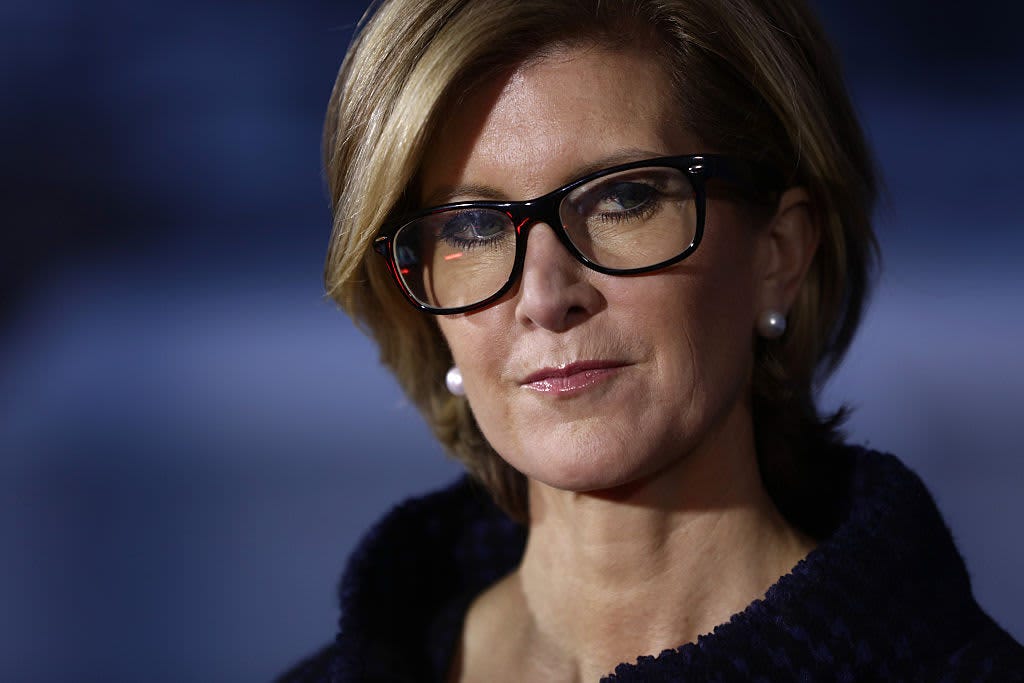THE GREATEST HEIST BOOK 2 | Chapter 2 The Arrest
When Jeffrey Epstein was arrested in 2006, some executives at JPMorgan believed it would end his relationship with the bank. But Epstein had a secret that would keep him there for years to come.
I. 1135 El Brillo Way, Palm Beach
July 25, 2006. Wednesday morning.
Jeffrey Epstein squinted as the morning light tore through his dreams. For a split second he’d forgotten what was coming. His attorneys had negotiated the terms. He would turn himself in. The charges would be read. Bond would be posted. He would be home on the Upper East Side by dinner.
The drive to Palm Beach County Jail took twenty minutes down South Ocean Boulevard with a right turn at Donald Trump’s Mar-a-Lago resort. They were best friends. It was Trump who had overshared with New York Magazine that Epstein was “a terrific guy” who liked women “on the younger side.”
The friendship had soured two years earlier over a competing bid to purchase a Palm Beach mansion. It had crossed Epstein’s mind that his old friend had betrayed him to authorities, but he couldn’t prove it.
The booking process at Palm Beach County Jail: fingerprints, photographs, paperwork. Charges read aloud by the clerk: felony solicitation of prostitution and procurement of minors to engage in prostitution.
Detective Joe Recarey stood in the back of the room. He’d spent eighteen months building this case. Many of the colleagues on the case reported being trailed by Epstein’s private investigators - some had impersonated officers to intimidate witnesses. One was told: Rewards for silence. Consequences for testimony.
Bond set at $3,000.
Epstein posted it. Cash.
Within the hour, he walked out.
The arrest made immediate news. New York Times. Wall Street Journal. Wire services picked it up. “Billionaire money manager Jeffrey Epstein charged with soliciting underage prostitutes.”
By the time Epstein returned home to New York that night, JPMorgan Chase’s Global Corporate Security Division had already red-flagged his account.
II. 9 East 71St Street, Manhattan
“Who is it?” a voice boomed through the intercom outside Epstein’s townhome—the house Les Wexner gifted him.
“It’s Jes.”
Jes Staley was the definition of a company man. He had been with JPMorgan since 1979 and was now CEO of the bank’s Asset and Wealth Management division. They’d known each other for years. Staley had helped make Epstein richer and Epstein kept Staley’s division profitable. By 2003, Epstein was the top revenue generator in the Private Bank—$8.1 million annually, nearly double the next highest client, and attracting the likes of Sergey Brin to the bank, who parked over $4 billion at the bank.
By 2006, Staley and Epstein had developed a friendship that ran far deeper than banking.
Close enough that Staley visited Epstein’s private island. Close enough that Staley would later call him “boss” in emails. Close enough that, years later in 2012—four years after Epstein’s conviction—they would exchange emails where Epstein wrote “To my most cherished friend, Jes” and Staley would reply with a single word: “family.”
When Epstein opened the door, the look on his face startled Staley—he’d never seen his friend like this. He gave him a hug and went inside.
They talked about the charges. The evidence. What came next.
Epstein admitted that he had engaged in sex with multiple young women for money. He only denied they were under the age of consent.
III. 270 Park Avenue, Manhattan
As she did most mornings, Mary Erdoes strode into JPMorgan’s headquarters the next morning at 7:30 AM.
Heat advisory in effect.
At 38 years old, she was the head of the bank’s Global Private Bank—thousands of employees, reporting directly to Staley. She was already one of the most respected figures in private banking. Sharp. Strategic. Known for building relationships with the kind of clients who generated extraordinary revenue.
Her office overlooking Park Avenue communicated power without saying a word.
It wasn’t even 8 am, and the air conditioning in her office was already struggling to fight the heat. She sat down, opened her laptop, and began scanning the morning news.
The headlines were unavoidable.
“Billionaire Money Manager Charged in Prostitution Case”
“Financier Epstein Accused of Soliciting Minors”
Jeffrey Epstein. One of her biggest clients.
She pulled up the full article. Read through the charges. Felony solicitation. Procurement of minors. Multiple victims. Federal investigation underway.
She forwarded it to Jes Staley. Subject line: “epstein press.”
She typed: “So painful to read.”
Within minutes, Staley’s reply came back.
“I went and saw him last night.”
She read it again. He’d gone to see Epstein. The same night he’d been arrested. The same night he’d posted $3,000 bail and walked out.
“I’ve never seen him so shaken.” Staley continued.
“He also adamantly denies the ages.”
Not the charges. The ages.
She stared at the screen for a moment, then her assistant appeared at the door.
“They’re ready for you in the conference room.”
Beyond The Paywall: Why America’s iconic bank kept a billionaire child predator as a client.
Keep reading with a 7-day free trial
Subscribe to Narativ with Zev Shalev to keep reading this post and get 7 days of free access to the full post archives.





